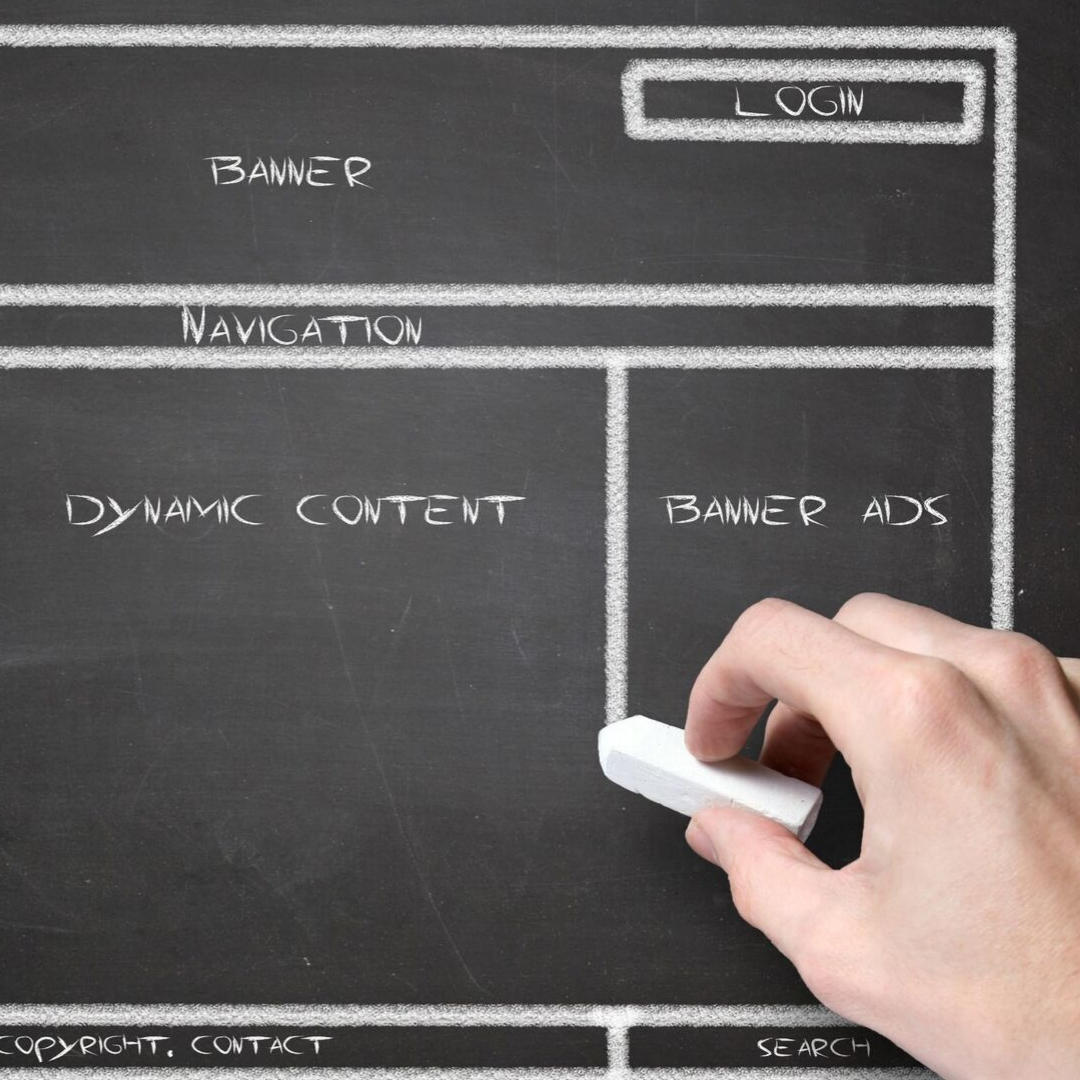
How can design affect immediate and expected emotions?
The most important task of marketing is always to be able to influence the emotions of the target audience in the right way. Typically, the goal is to elicit an emotional response that helps to sell the product. But exactly what emotion we need to evoke and how we can do it is always depends on the situation, and the design has to adapt to that.
We can arouse interest, longing in the buyer, but even fear of impatience, if this serves the purpose. Of course, it’s not really ethical to riot the customer, for example, to increase our sales, but it’s usually not even necessary to do the emotional fine-tuning skillfully.
Now and then
According to the Loewenstein-Lerner classification, there are immediate and expected emotions in decision making. Immediate emotions are what we feel during decision making, they are obviously formated based on the stimuli that are just reaching us. The other kind, the anticipated emotions are the ones we don’t feel right away, but we expect them to feel as a result of a particular decision.
To make it more understandable: standing in line in front of the roller coaster, we can feel excitement, fear, but we expect that if we are on the roller coaster, we will swim in adrenaline-heated happiness.
Immediate emotions, then, are what the customer immediately feels about a product. It is essentially a first impression and then an emotional picture formed from subsequent experiences.
A good example of this is when a user is frustrated leaving a website because its navigation is confusing, because the loading speed of the pages is too slow or simply because its structure is slipping across that device. In addition to frustration, confusion and mistrust can also occur - this can lead to an immediate reaction to each product. This is because if the user experiences all this on a landing page, they will already associate these emotions with the product, which they came there with interest in or wanted to buy.
However, such instant emotions, in addition to striving for the perfect user experience, using an intuitive interface, discrete and non-distancing, yet easy-to-use navigation solutions, can be influenced by a number of tricks.
For example, let’s say we create a website for an application. In this case, images of the application taken during operation can be placed on the page as illustrations, namely by showing them on several devices at the same time: smartphone, laptop, tablet, smartwatch display. This immediately notifies the user that it is a multiplatform application that is easy to use or even connect. This will give you the feeling you’re looking for: so you can use the app seamlessly in everyday life.
At this point, we can also boldly and creatively use colour theory, which we have discussed for a long time: we can use colours that evoke the right emotions subconsciously in the potential buyer. If you are buying a financial product, green in the context of wealth or blue associated with reliability can be a good choice.
On the site, we can apply illustrations that evoke a sense of urgency in the user, a feeling that they are missing something if they don’t act. In the mobile strategy games so popular today, for example, this is why we can see cities and armies rapidly recovering in advertisements - the user feels that he could already play, this experience could already be his (this affects the expected emotions, but more on that soon), therefor, you will feel the need to act immediately.
The expected emotions are not simple either: we need to plant in the user’s mind what positive things you can experience when you buy our product.
Even then, we can use illustrations: for example, photos showing happy people using the product, a principle that is often used in advertisements. They will show how liberated we will be after the headache reliever works, how happy the family will be if they are eating that particular food, or how fast they will go with the work even at home in the garden if they buy the latest laptop.
Let’s take an example: let’s say a camera is our product. In this case, we do not want to sell the machine itself, we do not focus on the product. We want to give the customer an experience, namely the experience that you can capture and preserve every important moment of your life.
So if we include photos on the page - ones that would be taken by any family or just a group of friends - we can show the potential buyer what they gain by buying and using the product. We create a situation in which you can live yourself, thus creating the expected positive emotions in it.
Urgency can be used well in this case as well. Think about how, for example, the losers of a quiz experience of winning ten euro instead of one thousand: they are typically not happy for the ten euro, but sad because they have already experienced themselves in winning a thousand.
So we can show you what they can lose if they don’t buy. We need to show them future benefits.
Focus instead of chaos
If we really want to sharpen a page on certain emotions, we can’t apply too many different solutions at once. The process should look something like this:
- Define your target audience and study what you need, what emotions effectively drive that buyer person towards your purchase.
- Are we looking at how we can most effectively evoke these emotions on our own pages: with images, videos, maybe it is enough to simply work with colors and discrete arrows and buttons? Should we highlight the relevant parts of the text using visual solutions?
- It is worthwhile to create and test several different versions, preferably in an audience where we can assess the evoked emotional reactions, or at least provide a wealth of web analytics information.
- Excess parts are eliminated: any items that do not serve our purpose are removed from the page. No matter how beautiful a graphic solution is, if it diverts attention from the image, text, video, with the help of which we could elicit the right reactions, it is of no use, and maybe even harm.
At the same time, we must be careful not to confront the other graphic elements of the website, the appearance of the brand, we have to work from “brought material”: if the image is not uniform, it can be confusing for visitors.
After that, all we have to do is channel the right amount of visitors to the site and monitor the results. It is worthwhile to keep an eye on the behavior of the visitors after that, even to make heat map examinations, because this way we will see in which part they stay a lot, which they do not notice, what we might have to put elsewhere. If many people leave the process at a particular point on the page without a conversion, we also know that we need to replace the items there.
Influencing the emotion is possible in many ways, and since we have nothing else on the net, only the visual elements and the text - no tone, no body language and so on - we have to take advantage of every opportunity, hence the tiniest potentially important design solution.
